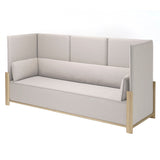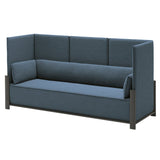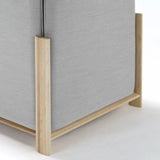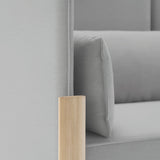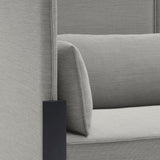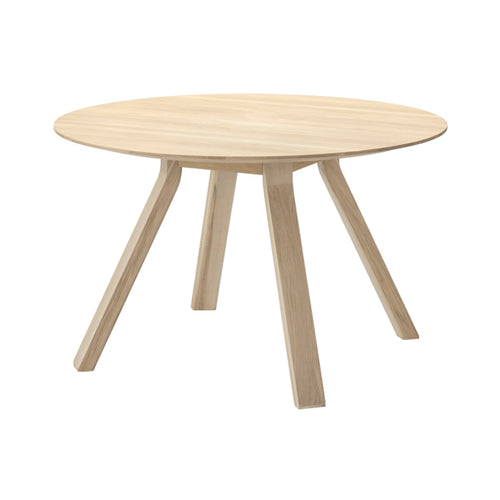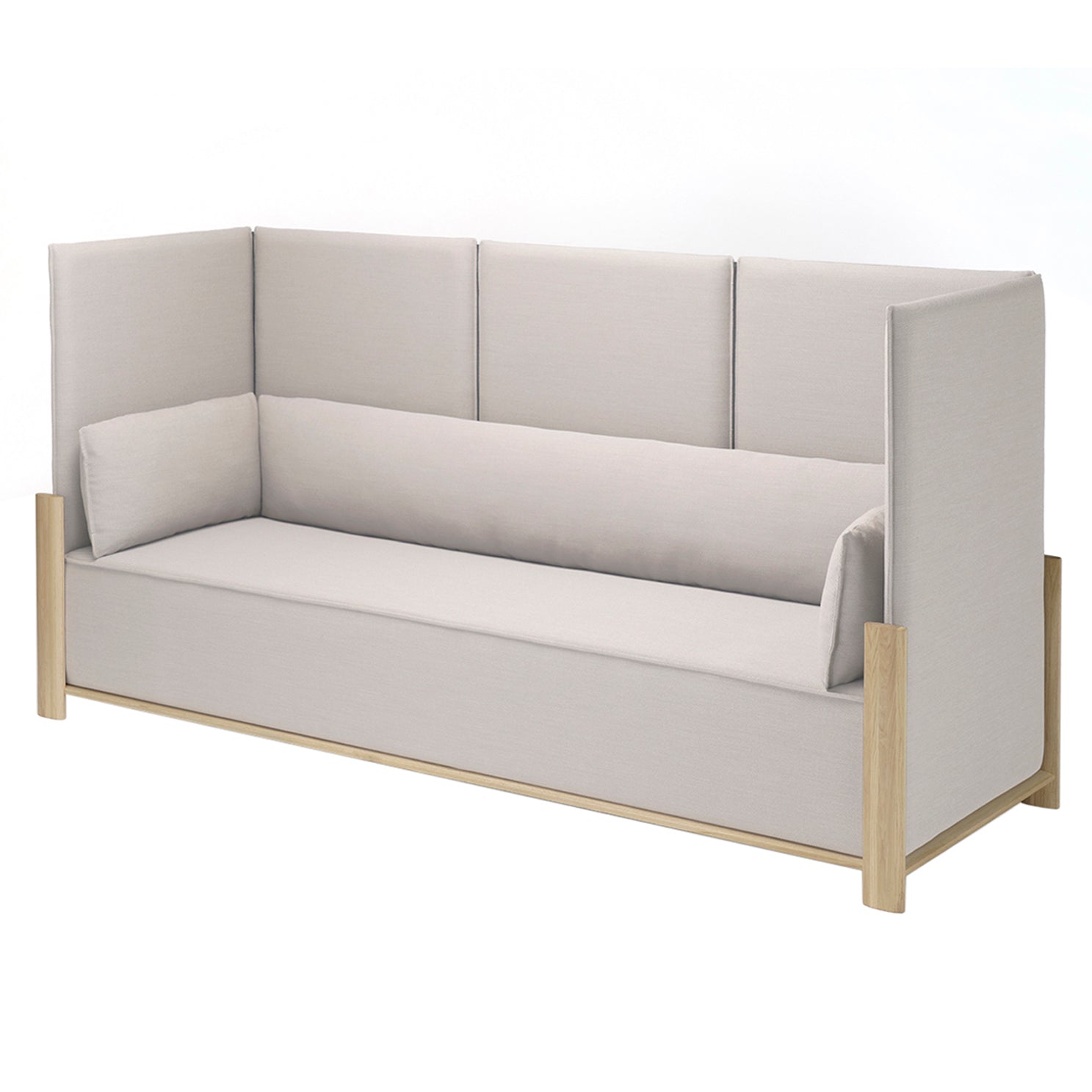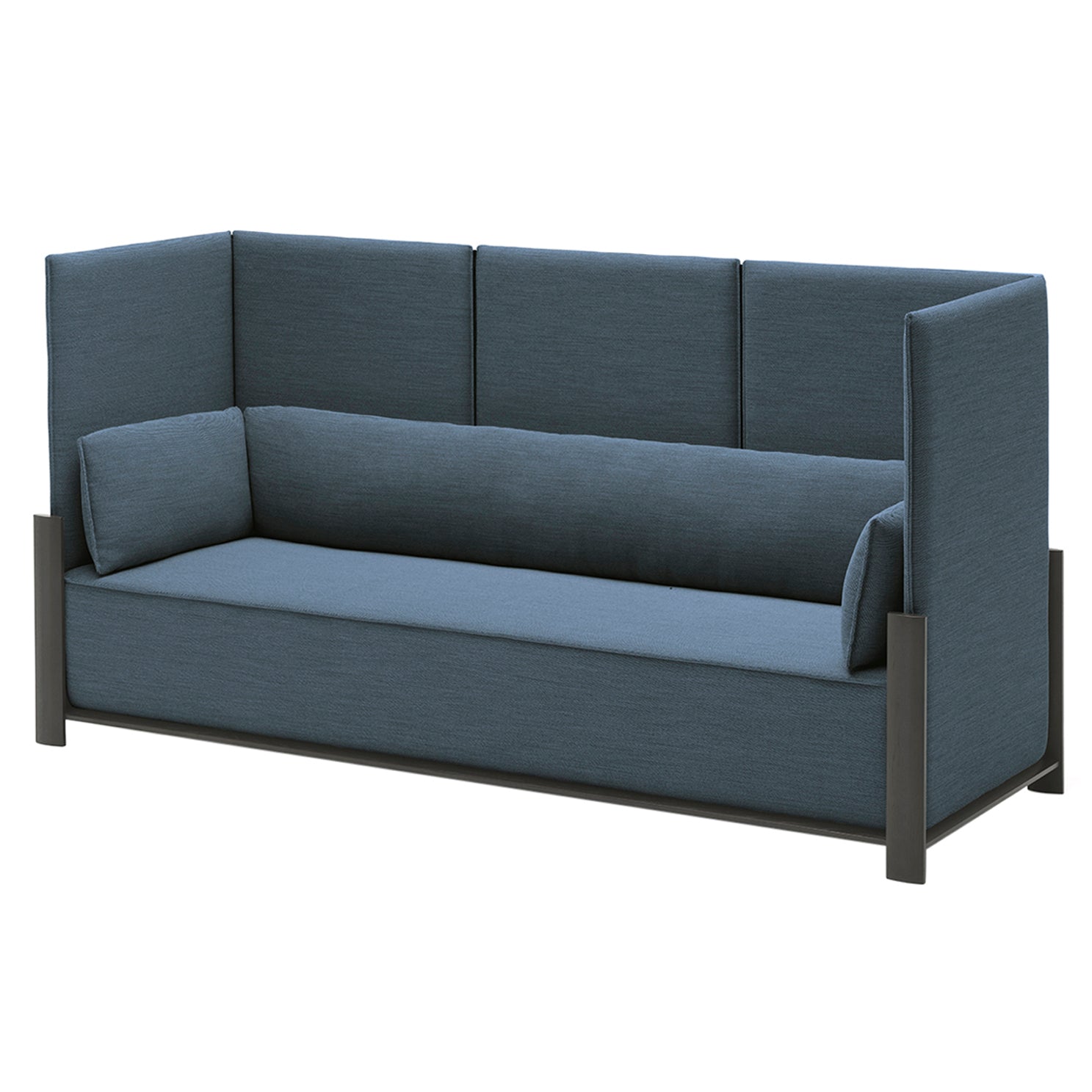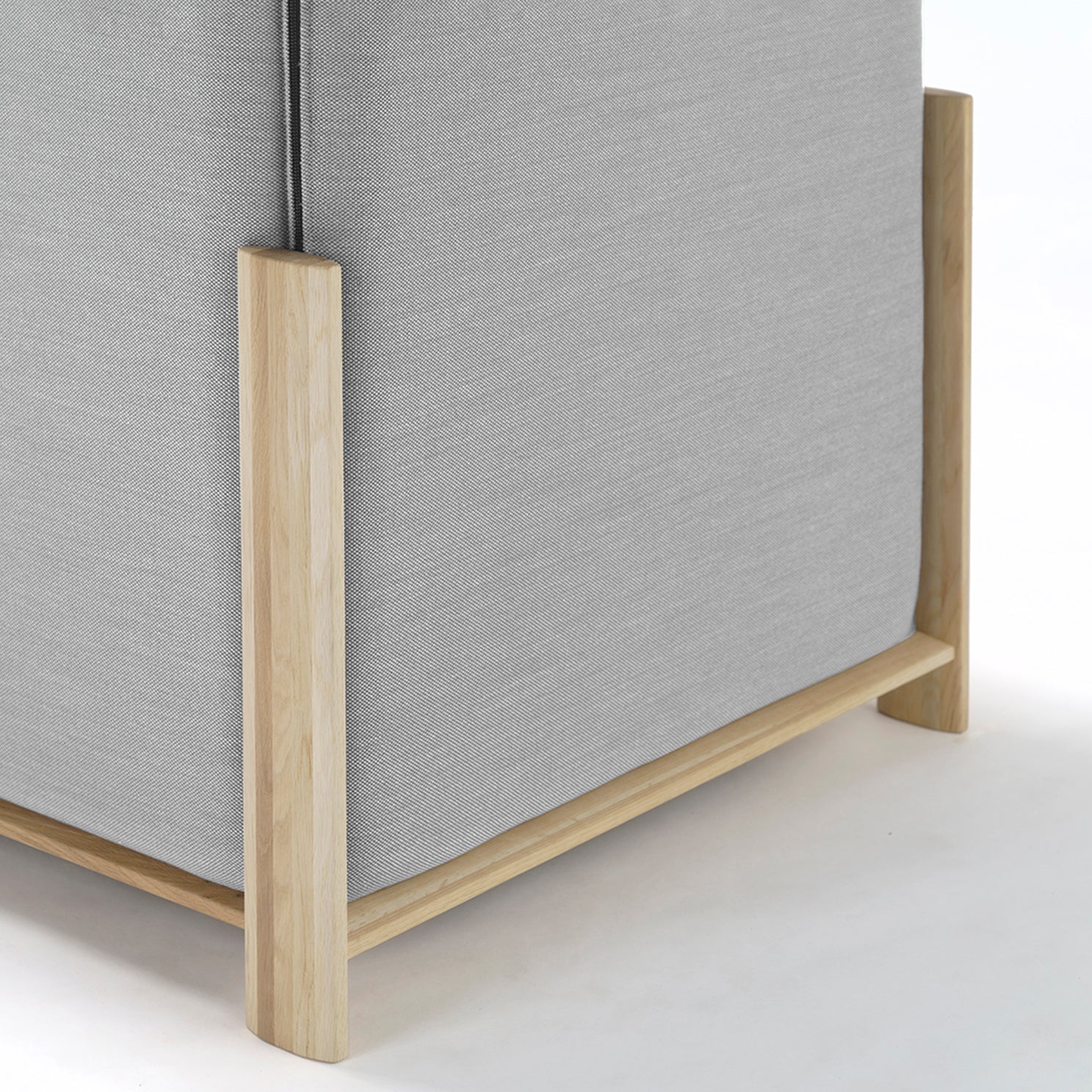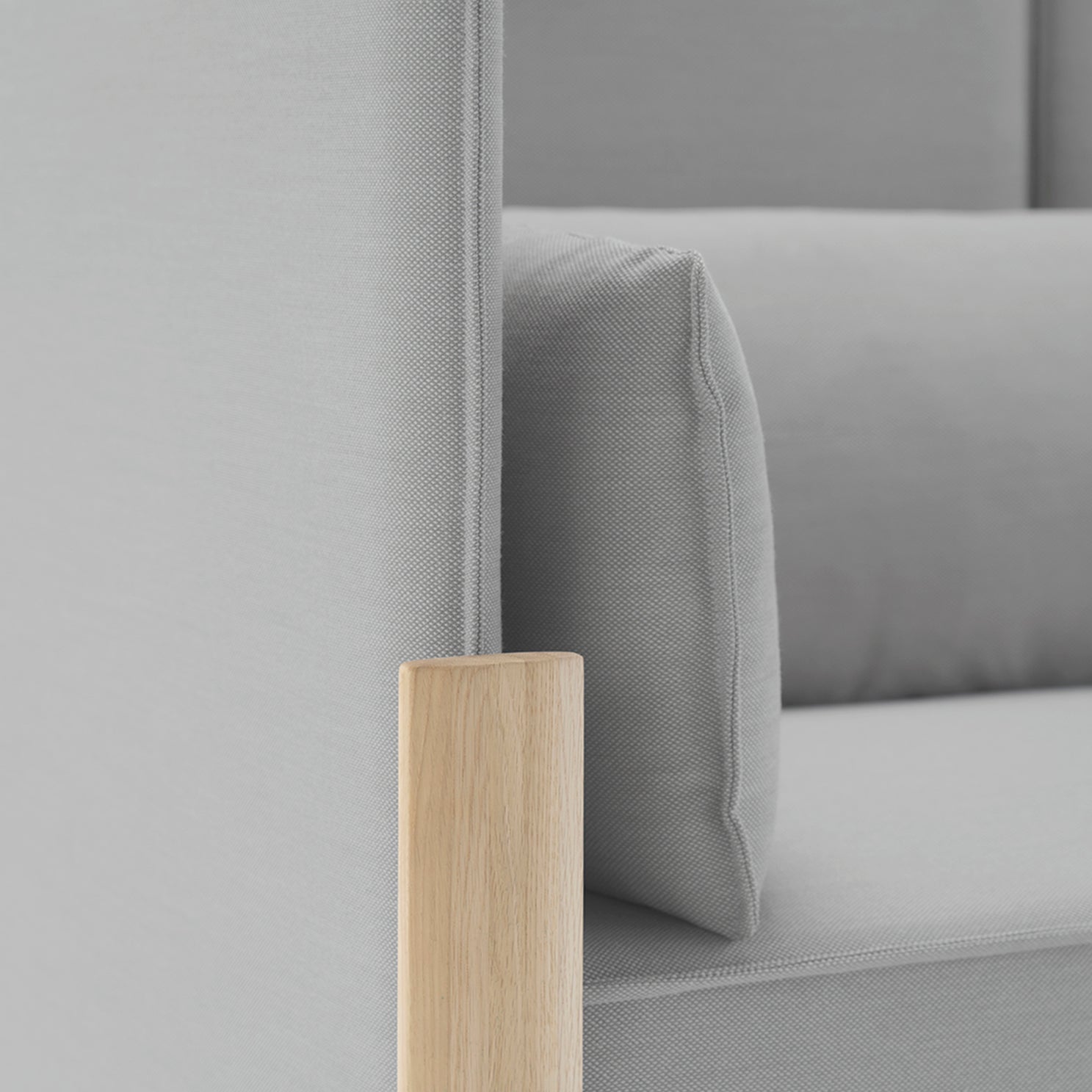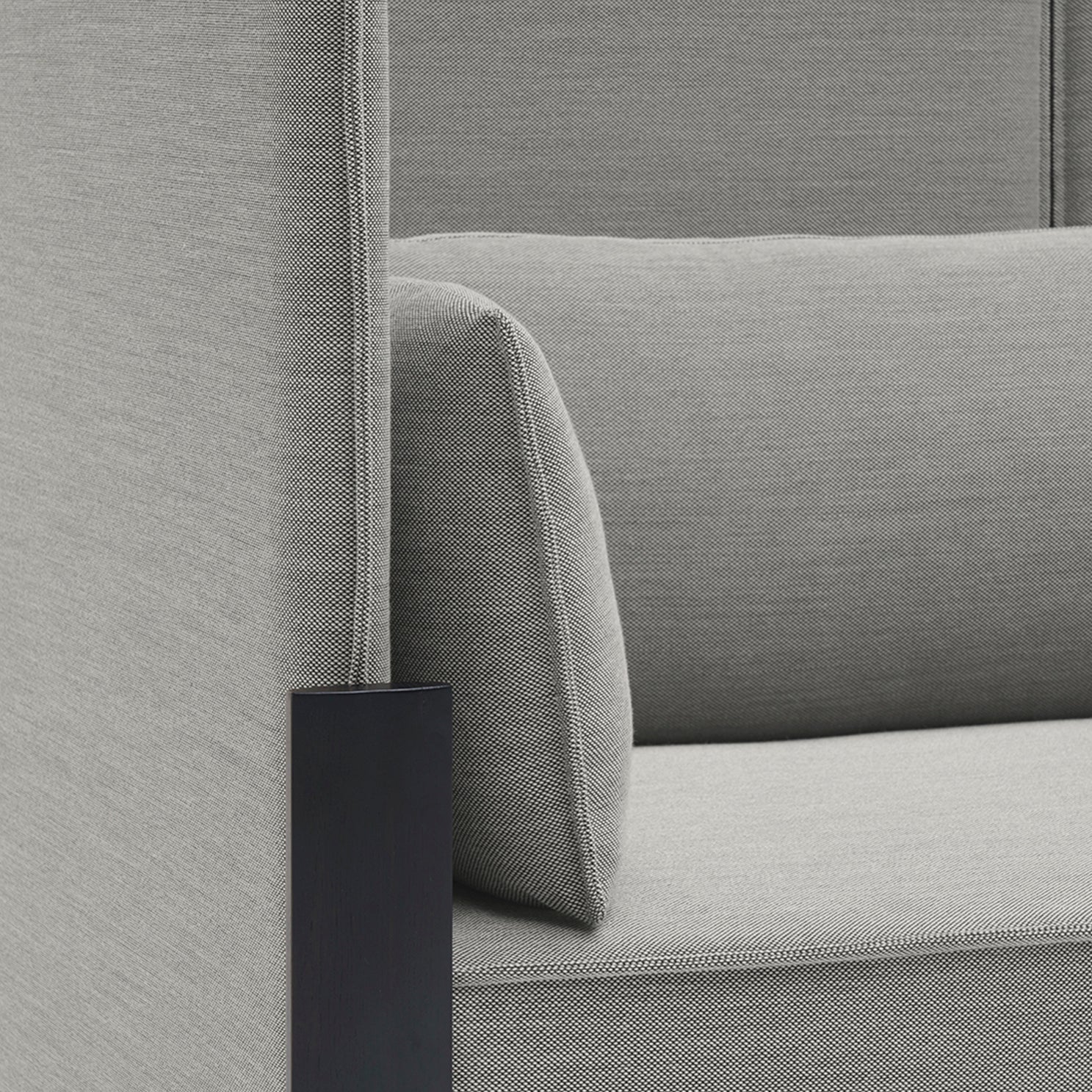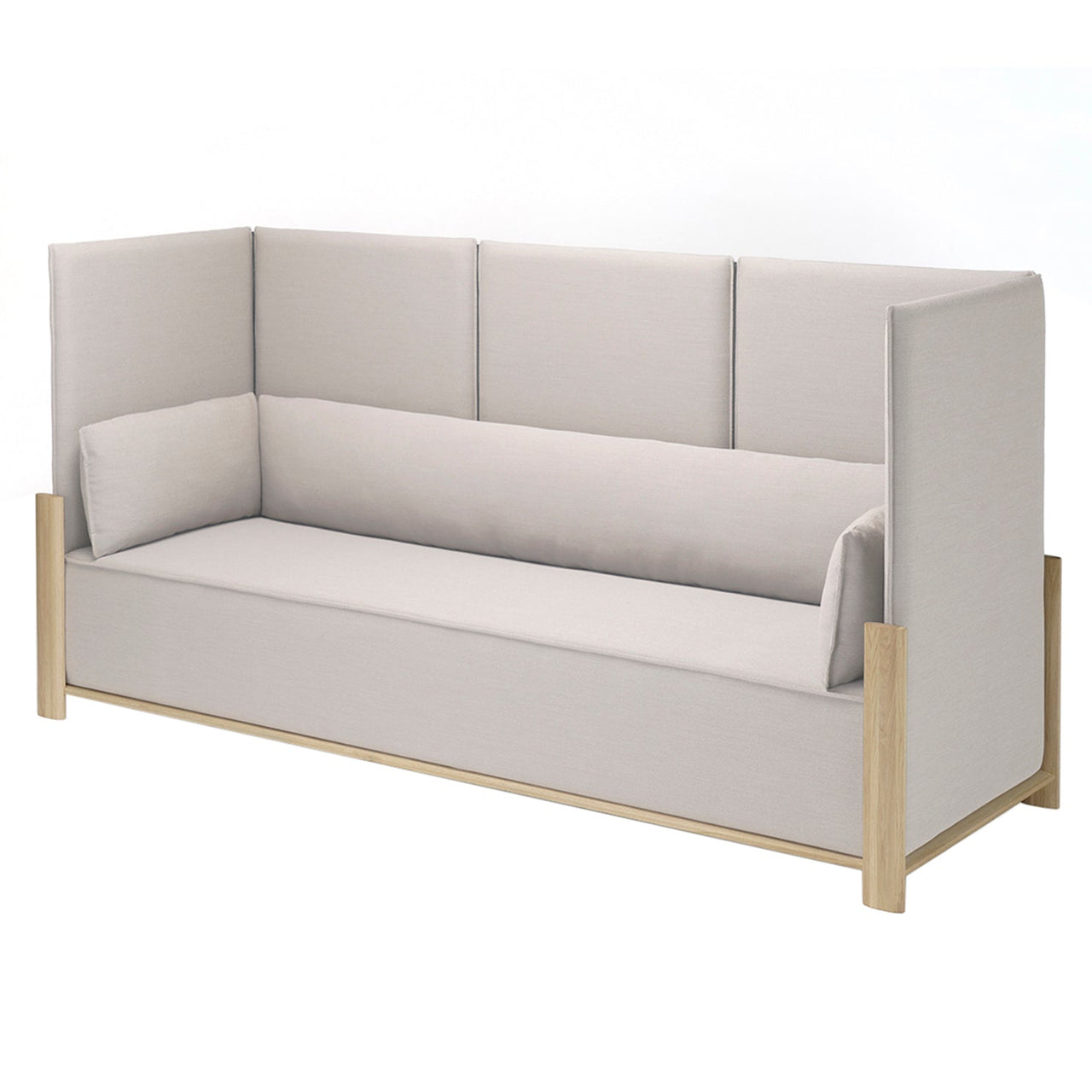
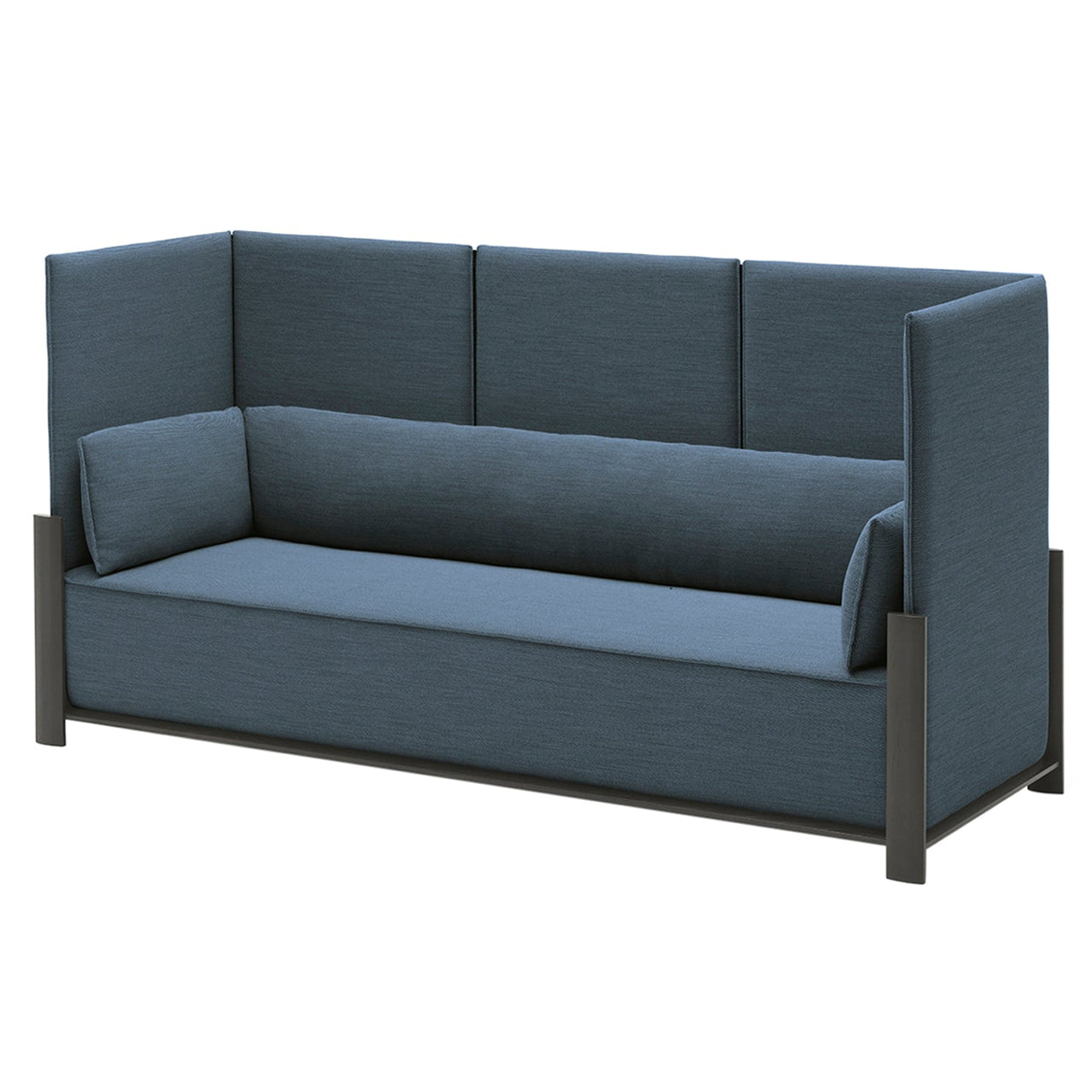
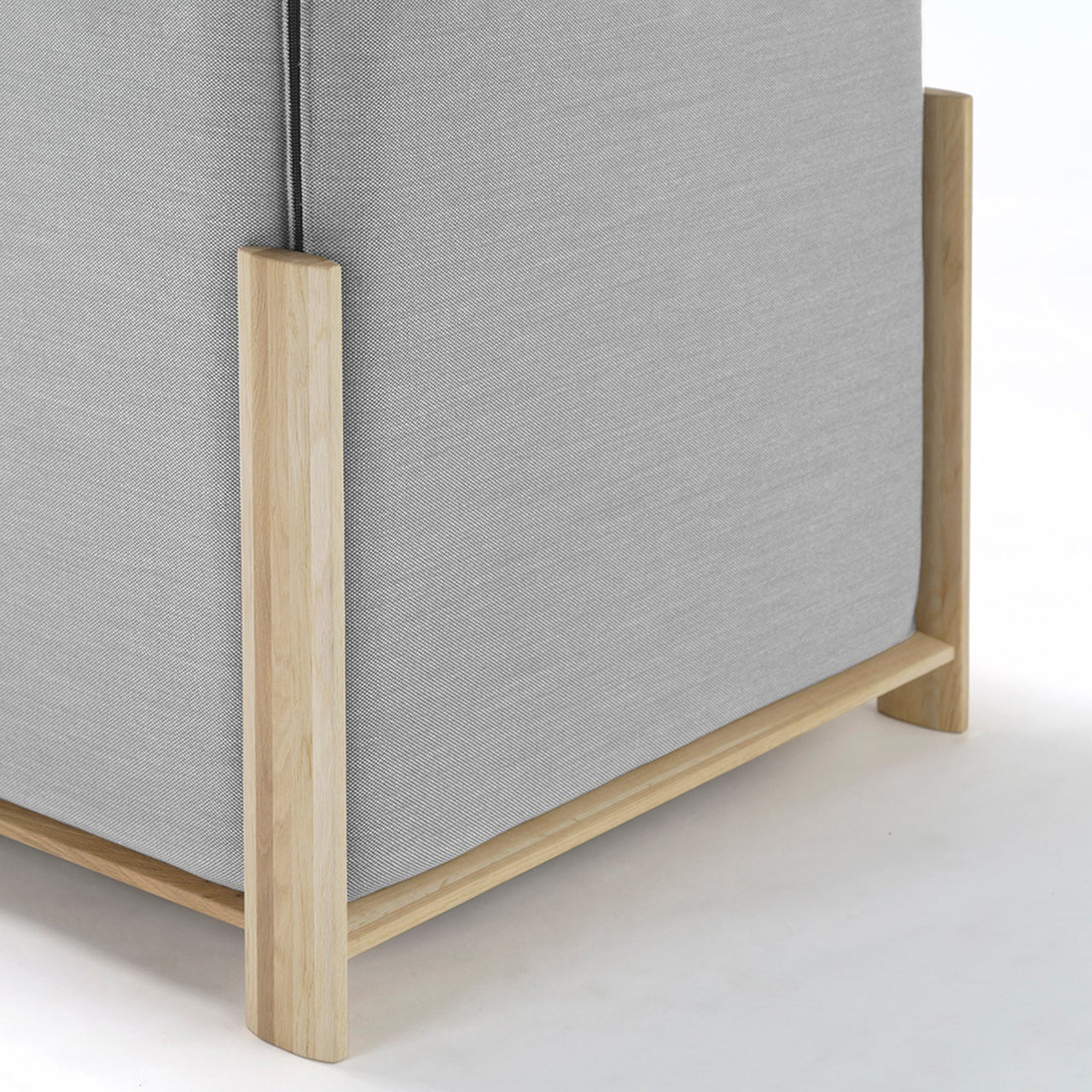
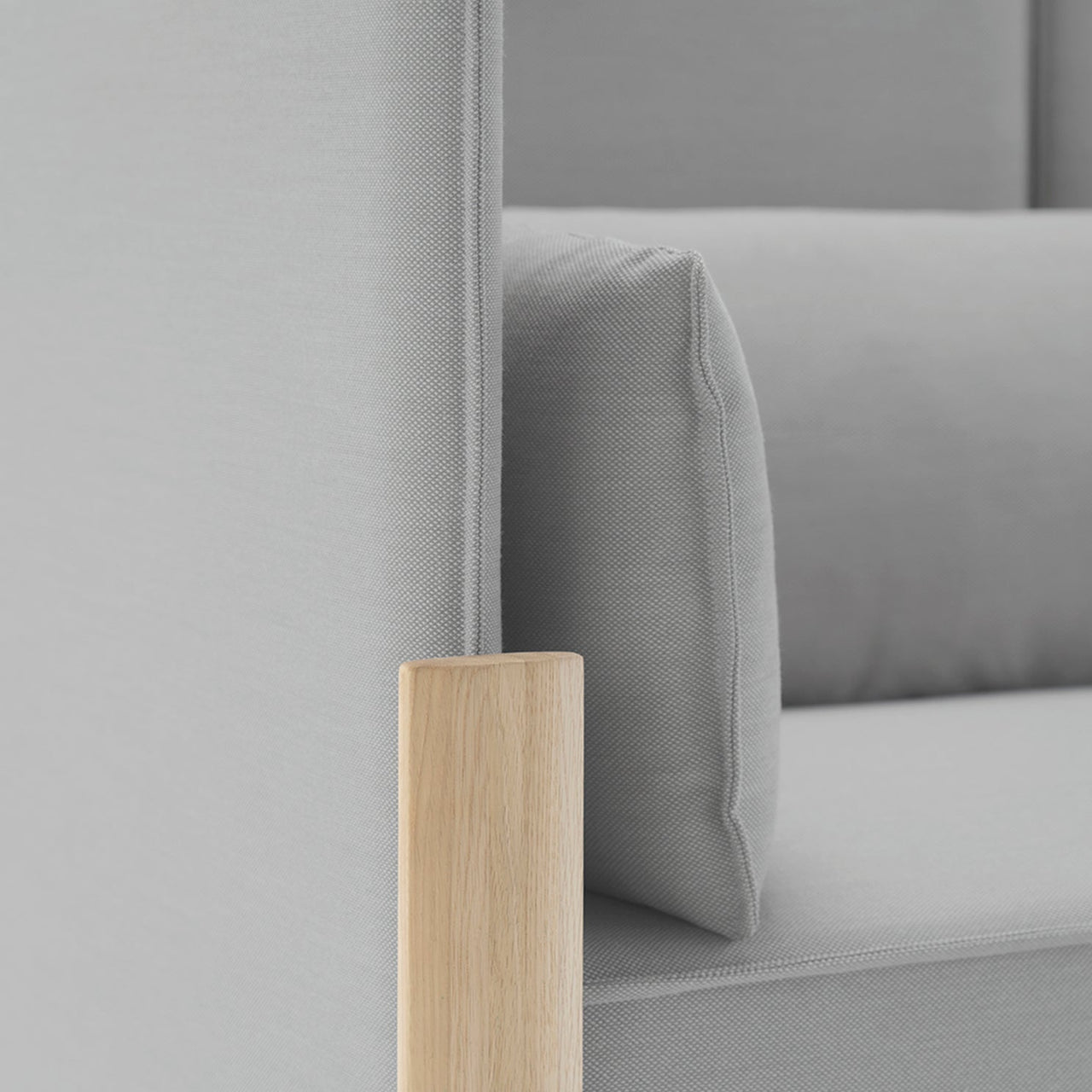

Karimoku New Standard × Geckeler Michels
Fence 3 Seater Sofa
$8,500
–
$11,390
$8,500
–
$11,390
$8,500
–
$11,390
$8,500
–
$11,390
$8,500
–
$11,390
$8,500
–
$11,390
$8,500
–
$11,390
$8,500
–
$11,390
Description
The 3-seater sofa, inspired by industrial pallets, boasts a high-back design and a solid wooden frame showcasing intricate craftsmanship that encloses the bold, padded upholstery. The seating is firm yet comfortable, with padded walls featuring an elastic core that enhances privacy. Its high-back structure offers a sense of enclosure, making it perfect for modern offices and hospitality spaces. This design is especially suited for shared environments.
Specifications
Size
- 48.8" h x 97.6" w x 33.1" d (124x247.8x84cm)
- Seat height: 17.3" (44cm)
- Arm height: 30.7" (78cm)
Material
Oak
Details
Upholstery
- Mode
- Merit
- Vidar 4
- Steelcut Trio 3
- Coda 2
- COM and COL are available on request
Brand
Karimoku New Standard
It has always been about the wood. Shohei Kato opened a small woodworking shop in 1940 from a longstanding timber firm he acquired in Kariya. The first letters of the town name combined with “moku,” as in “mokuzai” ( “wood”) provided the brand name. Furniture followed within 2 decades, along with several brands under the Karimoku umbrella. Then in 2009, with his grandson Hiroshi Kato as vice president, the Karimoku New Standard branch launched to develop works with international designers in the modern design arena.
The star roster includes Swedish studio TAF, the Swiss team Big-Game and Dutch duo Scholten & Baijings. Among them is David Glaettli, who also serves as KNS brand creative director and dubbed its credo as “high-tech and high-touch.” The highly skilled Japanese carpentry and hand-applied painting that are a part of the parent company heritage are integral to KNS. It also looks forward, revitalizing native forests by targeting undervalued, sustainably grown hardwoods. Advanced technologies have elevated the low-diameter chestnut, maple and oak trees, once turned into wood chips for paper pulp, into something of lasting beauty. The aim, notes Hiroshi, is “furniture that will be used and loved for more than 100 years.”
